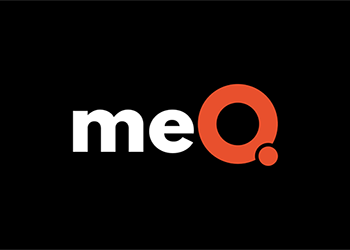Why Evaluating EAPs is So Difficult… and How to Get It Right
Discover why traditional EAPs fall short and how to evaluate modern programs that deliver proactive support, measurable impact, and real value for today’s workforce.
Discover why traditional EAPs fall short and how to evaluate modern programs that deliver proactive support, measurable impact, and real value for today’s workforce.
Employee Assistance Programs are a paradox.
You absolutely need one—no modern employer can operate without crisis support and clinical resources—but if you ask most HR leaders how they feel about their current EAP, the answer is… not great.
Low utilization. Minimal visibility. A service that technically exists, but rarely moves the needle on workforce well-being, performance, or culture.
The truth is: EAPs are one of the most important benefits in your portfolio, yet one of the least satisfying. And it’s not your fault.
Traditional EAPs were designed decades ago for a different workforce and a different world. They were built around reactive crisis intervention, not ongoing support. That means:
Employees face more stress, pressure, uncertainty, and change than ever before. They can’t wait for crisis intervention. Organizations need:
And that’s where the real challenge begins.
Most HR leaders didn’t choose their EAP. It came bundled with another benefit, or it’s been on autopilot renewal for years.
Low usage is common, but what does “good” even look like? How do you evaluate the quality, impact, and strategic value of a service few people openly talk about?
Vendors benefit from this uncertainty. The fewer questions employers ask, the less pressure there is to modernize their model.
But here’s the good news: Evaluating your EAP isn’t about finding fault—it’s about determining whether your program is designed for the problems your workforce actually faces today, not the ones from 20 years ago.
Modern EAPs distinguish themselves in a few critical ways:
These differences matter because the real question isn’t “Is my EAP available?” but “Is it transforming the way people experience stress, challenge, and work?”
Evaluating an EAP shouldn’t start with vendor checklists about session limits or provider networks. Those are important—but they aren’t the heart of the matter.
These are the questions that separate legacy models from modern workforce support—and the ones that help you determine whether your EAP is a crisis hotline… or a meaningful tool for engagement, performance, and retention.

Download: 7 Points to Consider When Evaluating an Employee Assistance Program (EAP)
Employees are under more strain than ever. They deserve support that helps them before the breaking point—not just after.
And HR leaders deserve an EAP that works as hard as they do, delivering:
EAPs should be one of the most powerful tools in your benefits arsenal—not the quietest.
—
Ready for an EAP that delivers real impact? meQ EAP combines proactive support, immediate access to care, and data-driven insight—helping organizations build resilience at scale and prevent problems before they escalate. Learn more at meQuilibrium.com/EAP.

meQ identifies, addresses, and measures the root cause of risks to workforce performance at an individual and organizational level, delivering personalized solutions at global scale.